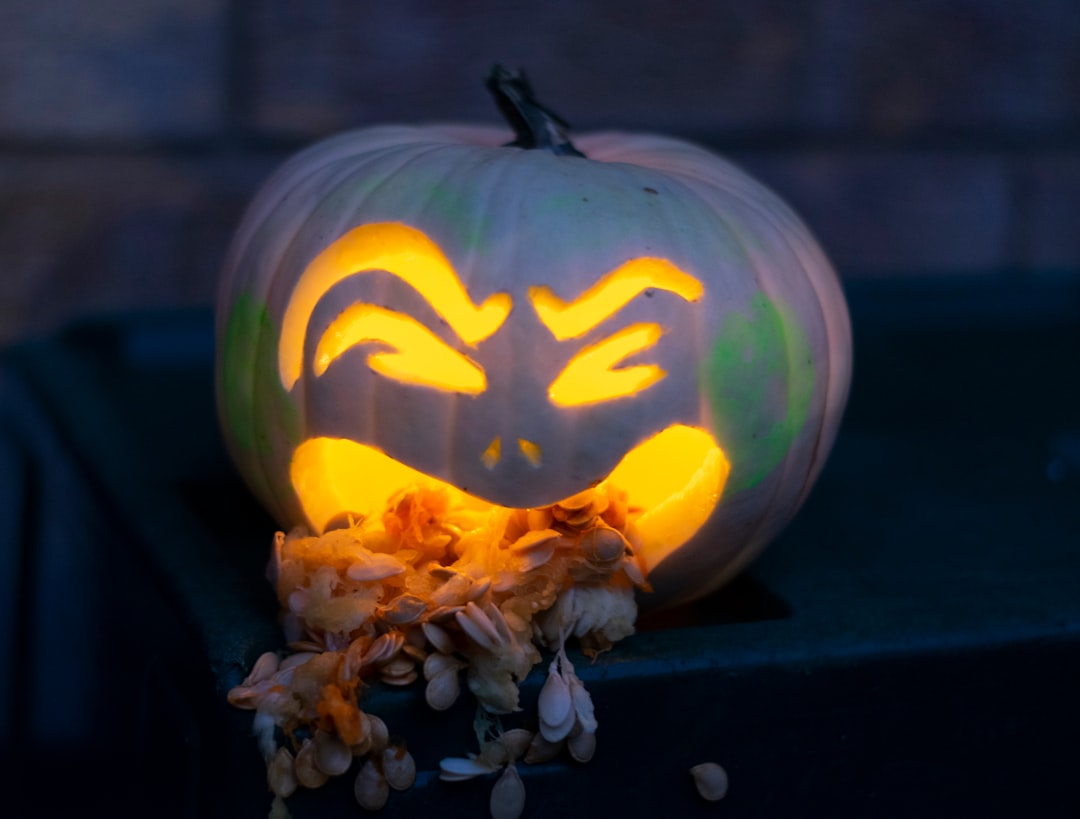Companies are constantly seeking creative ways to stand out and connect with their audiences. One clever and increasingly popular tactic involves giving their logos a seasonal twist—particularly during prominent times of the year like Halloween, Black Friday, and the holidays. Seasonal logo variants offer a subtle yet meaningful way to show personality, align with consumer sentiment, and increase engagement.
TL;DR
Seasonal logo variants are fun and strategic adaptations of company logos to reflect holidays or events such as Halloween, Black Friday, and the winter holidays. They enhance brand visibility, create emotional connections, and capitalize on seasonal marketing momentum. Done well, these adjustments are subtle yet effective and always on-brand. From spooky elements in October to festive cheer in December, seasonal logos can capture attention and drive consumer interest.
Why Seasonal Logo Variants Matter
At first glance, changing your logo for a short period might seem like a small gesture. However, it’s part of a broader strategy of seasonal marketing that aims to create timely relevance for your brand. Here’s why it matters:
- Emotional Engagement: People are already tuned into certain themes and aesthetics during holidays. Logos that match that mood create a stronger emotional connection.
- Brand Freshness: A logo that changes with the seasons keeps your brand feeling fresh and modern in the eyes of consumers.
- Visibility in Crowded Markets: During busy sales periods like Black Friday, a themed logo can set you apart in a sea of digital noise.
Halloween: The Playfully Spooky Makeover
Halloween offers brands a golden opportunity to show a more playful, creative side. Seasonal logos during this time often incorporate motifs like pumpkins, ghosts, bats, and cobwebs. The key here is to maintain the identity of the original logo while adding charming—or eerie—elements that align with the Halloween spirit.
For example:
- A tech company might replace the dot in its logo with a tiny jack-o’-lantern.
- An eCommerce brand may invert its color scheme to monochrome or gothic hues.
- A font-based logo might adopt a “dripping blood” effect or cobweb accents.

These changes not only show brand creativity but also encourage social sharing, especially if the new look is memorable or witty. Many internet users love a clever Halloween twist, and that means higher engagement for the brand across digital platforms.
Black Friday: Sleek, Bold, and Conversion-Focused
Unlike Halloween’s playful nature, Black Friday designs tend toward the bold and utilitarian. The goal is clear: drive conversions. Seasonal logo variants for this shopping holiday usually feature colors like black, red, and white. They’re visually aggressive—but for good reason. You want to capture attention fast amidst intense competition.
Popular adaptations include:
- Color Shifts: Changing the usual logo palette to stark black-on-white or introducing red highlights to emphasize urgency.
- Incorporated Tags: Adding “Black Friday” or similar callouts directly beneath or beside the logo to reinforce the promo.
- Minimalist Reconfiguration: Logos might be flattened or simplified to suit banners, headers, and email layouts better during the sales event.

It’s all about the deal and the deadline. These logo changes signal to customers that something special—something limited—is happening. They also blend well with broader Black Friday visuals, making for a more cohesive shopping experience.
Holiday Season: Festive and Warm Branding
When December rolls around, holiday branding becomes ubiquitous—and your logo can be part of that festive wave. Variants during this time typically focus on warmth, celebration, and nostalgia. Snowflakes, stars, twinkling lights, ribbons, and trees are popular design components.
Consumers are flooded with holiday stimuli, from physical store decorations to social media campaigns. Integrating a subtle festive touch into your logo makes your brand feel timely and relevant without being overbearing. That subtlety is key—too much flair can make it hard to recognize the actual brand behind the logo.
Ideas for this season include:
- Snow overlay effects on parts of the logo, as if the brand name were dusted with fresh snow.
- Incorporating holiday icons like holly, ornaments, or gift boxes without overwhelming the brand identity.
- Color palette adjustments to include festive tones like red, green, gold, and silver while keeping accessibility in mind.

Done well, a holiday-themed logo can evoke feelings of joy and goodwill—emotions that make people more inclined to make purchases and share your brand with others.
Maintaining Brand Identity
While it’s tempting to go all out with seasonal themes, consistency is crucial. The effectiveness of a seasonal logo depends on *how well it integrates with your core brand identity*. A good rule of thumb is:
- Retain Shape and Typography: The general form and font of your logo should stay the same to ensure recognizability.
- Use a Temporary Layer: Think of seasonal elements as accessories. They’re seasonal “clothing” rather than a permanent redesign.
- Follow Usage Guidelines: Make sure your seasonal variants are still readable in different sizes, on different backgrounds, and across devices.
This strategic consistency ensures that your brand remains strong even when it enters costume mode.
Where to Apply Seasonal Logo Variants
Deploying your seasonal logo is just as important as designing it. You want to make sure your audience sees and reacts to the changes. Here are the most effective placements:
- Website Header: Display your themed logo prominently to all site visitors.
- Social Media Profiles: Update profile pictures and cover banners for seasonal consistency across platforms.
- Email Campaigns: Include the modified logo in holiday sales newsletters and announcements.
- Mobile Apps and Icons: Refresh app icons during the season for returning users and store browsers alike.
It’s important to plan rollouts so that logos are updated in sync with other marketing initiatives, like themed advertisements or campaigns.
Tools and Tips for Creating Seasonal Logos
Not every company has a design team, but seasonal logos can still be created with the right tools. Consider the following:
- Adobe Illustrator or Photoshop: Best for professional-grade, editable designs.
- Canva or Figma: More accessible platforms with templates and graphics suited for quick seasonal design changes.
- AI-powered Design Tools: Tools like Looka or Logomaker can help generate logo variants using prompts and suggest festive additions.
Always A/B test your seasonal logo if possible. Check whether it has any effect on customer engagement metrics like click-through rates or time on site. It’s not just decoration—it’s a strategic brand element.
Conclusion: Make It Fun, Make It Strategic
Seasonal logo variants are more than holiday dress-up for your brand—they’re a smart and cost-effective way to align with consumer sentiment and stand out in a crowded digital landscape. Whether it’s the eerie charm of Halloween, the urgency of Black Friday, or the warmth of the holiday season, your logo should evolve with the times without losing its identity.
When done well, these minor visual tweaks can lead to major gains in engagement, brand memory, and even sales. So this year, don’t just decorate your storefront—consider dressing up your logo, too.



